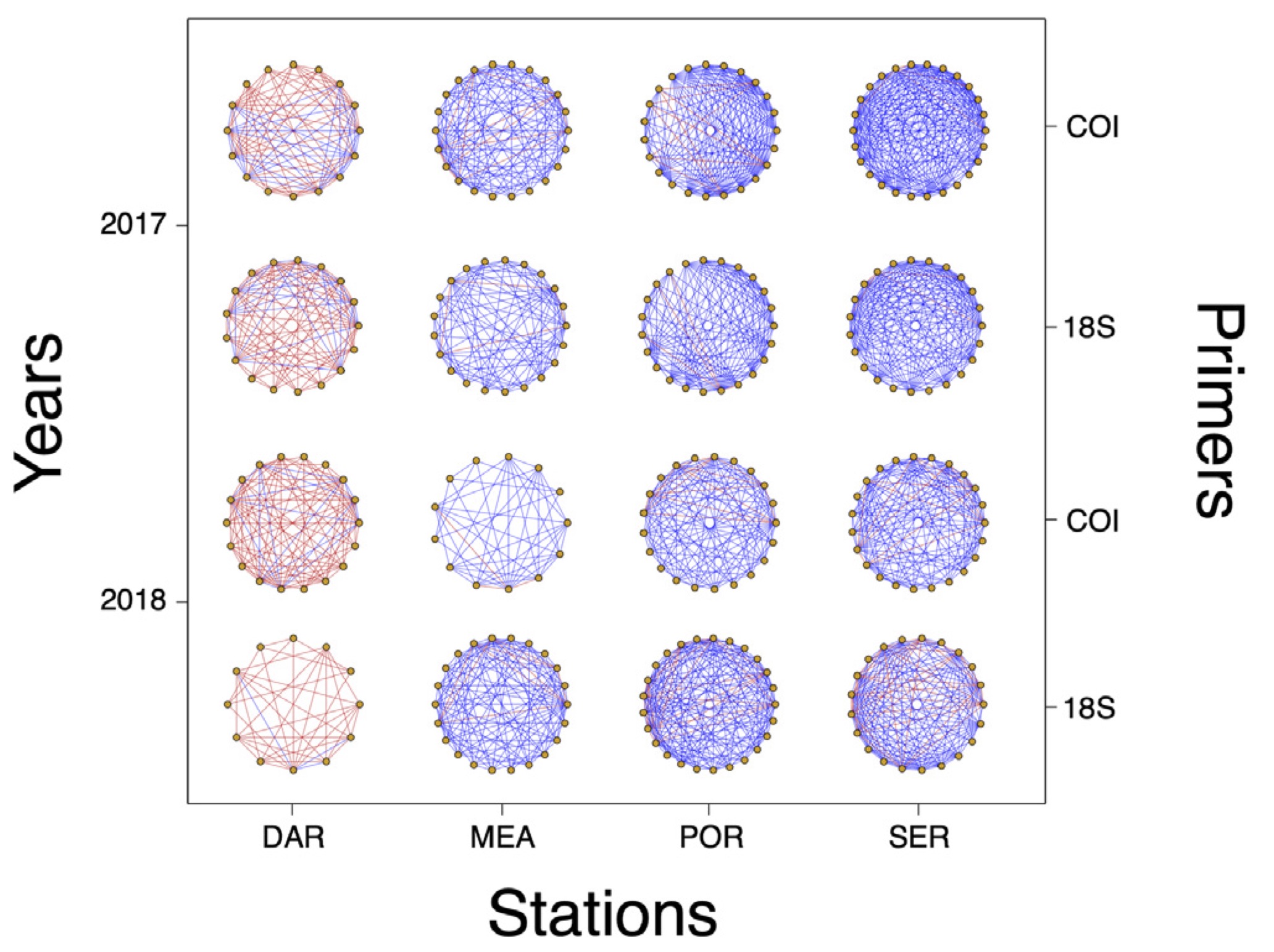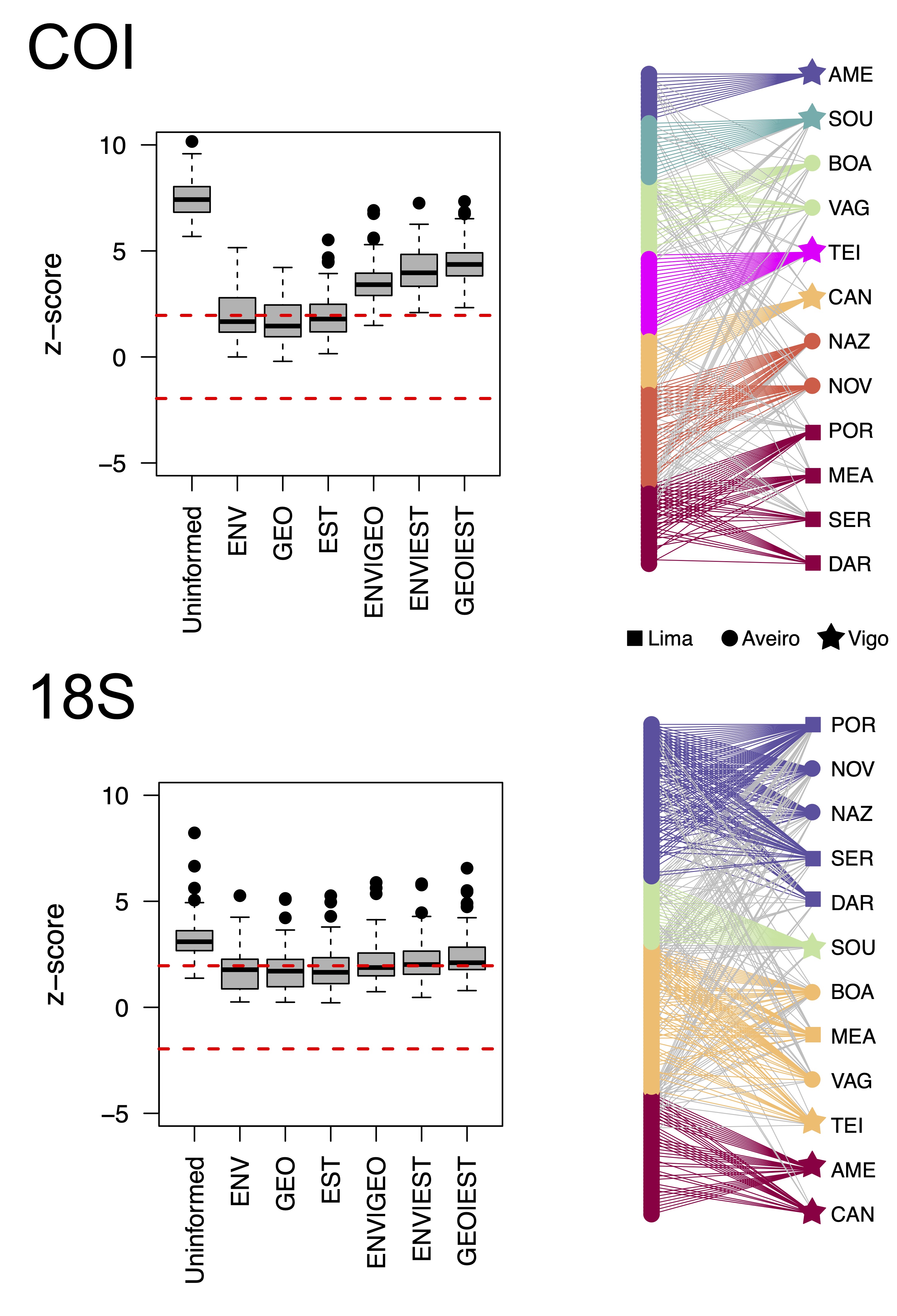
Biomonitoring 2.x
A new paradigm in ecosystem assessment, termed as Biomonitoring 2.0 comes up in the first decade of 2000's, postulating the possibility to employ DNA-based identification of taxa, coupled with high-throughput DNA sequencing on next-generation sequencing platforms.
As technologies and their use increase, costs are lowered, allowing today to obtain thousands, if not millions of data that require the application of new methods of analysis.
Coupling big eDNA data with machine learning and network theory allows us shifting from a pure description of our environment, to the identification of the mechanisms behind species distribution in space and time.

